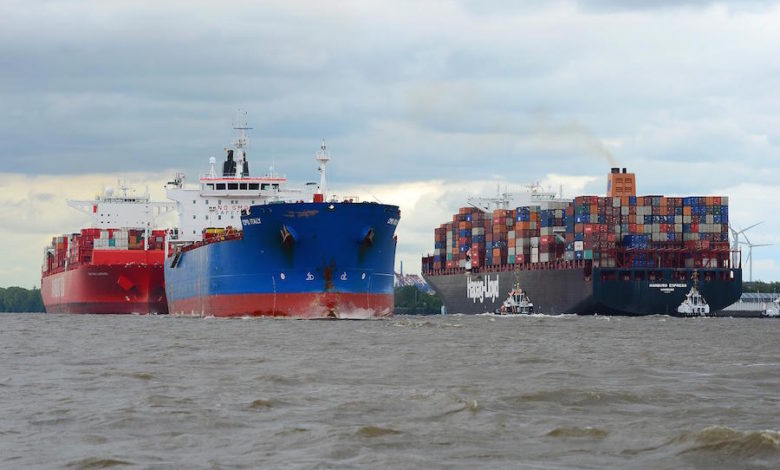Danish Ship Finance issues damning 80-page report on shipping prospects

In one of the most sobering shipping reports penned for a decade Danish Ship Finance has laid out how badly battered the shipping world will be in the coming years as Covid-19 takes its toll on the global economy.
The recently published 80-page report, helmed by well-respected analyst Christopher Rex, looks at most shipping sectors including shipbuilding, a segment the Danish researchers reckon will see more than 200 closures in the coming months and years.
Half of active yards have not seen any new orders since 2018 and orderbooks are now petering out for many shipbuilders.
Global yard capacity totals 56m cgt, divided between 281 yards. Since 2013, more than 240 yards with a combined capacity of 16m cgt have left the industry. However, much more capacity needs to close, the report suggests.
Danish Ship Finance has identified a group of 64 yards that represent half of global yard capacity but more than 75% of the current orderbook. The researchers expect these so-called first-tier yards will form the core of the future yard landscape.
“The remaining 217 yards will soon run out of orders. This year, 114 second-tier yards with a combined capacity of 7.5 million cgt are expected to deliver their last orders. In 2021, an additional 106 yards with a combined capacity of 16 million cgt are set to run out of orders. Combined, these yards represent more than 40% of the current yard capacity. The situation will only worsen after 2021,” Danish Ship Finance warned, noting specifically that most Japanese yards seem challenged with up to 45 of them set to run out of orders.
Turning to the container sector, Danish Ship Finance warned the likely reshoring of industries post-coronavirus could be fatal for many liners.
“Demolition activity is likely to increase, which may reduce the economic lifetimes of vessels in several segments and lower the values of older vessels,” the container segment of the report noted, going on to look more long-term: “The current supply chain disruptions are invalidating short-term container demand. However, the long-term consequences could be incalculable for the container market if global trade linkages are changed permanently.”
The dry bulk outlook was also grim with the cape segment in particular set to grow massively at a time when demand for mining commodities is facing short-term challenges.
“We believe that Capesize vessels with low fuel efficiency are the most exposed to unemployment in the current distressed market. The challenges being faced by the Capesize segment could spread to the smaller vessels carrying non-ferrous ore commodities, especially if parcel sizes can be scaled up,” the report suggested.
Crude tankers, which have enjoyed an amazing run for most of this year, are now headed for a “very difficult period” according to Danish Ship Finance with the supply of oil being curbed to meet lower global demand and demand being served from inventories.
The analysts also suggest that product tanker demand will shrink by 1m to 2m barrels per day in 2020. This corresponds to a 5% to 6% decline in demand. The product tanker fleet is scheduled for growth with an orderbook that equals 7% of the fleet. While the MR fleet still has older vessels to send for demolition, LRs will soon run out of scrapping candidates, the analysts warned.
“Freight rates and secondhand prices are likely to come under pressure and the value of older vessels may be subject to extraordinary depreciation, as economic lifetimes will shorten when there are no more older vessels to scrap,” the product tanker chapter noted.
Finally, turning to LNG, the Danish researchers were also downbeat on prospects, pointing out that the LNG fleet is set to grow by 25% over the next three years and only half of the incoming vessels are projected to be absorbed by increasing demand. Danish Shp Finance predicted freight rates for gas carriers are likely to stay low until 2024.

As against this very negative voice, we have – on the same day, no less – the opinion of Angeliki Frangou of Navios, who is eyeing a recovery in the dry cargo market in the second half of the year, especially in capesize, due to an increased number of delayed deliveries, an upturn in scrapping and the decision by Vale to phase out 25 VLOC’s.
Quot homines tot sententiae.
The orchestra plays pleasant music while ship sinks…
Hi, is there any way we can have access to that research?
We will be most appreciate if we could read a copy of the above report by Danish Ship Finance. Thanks.